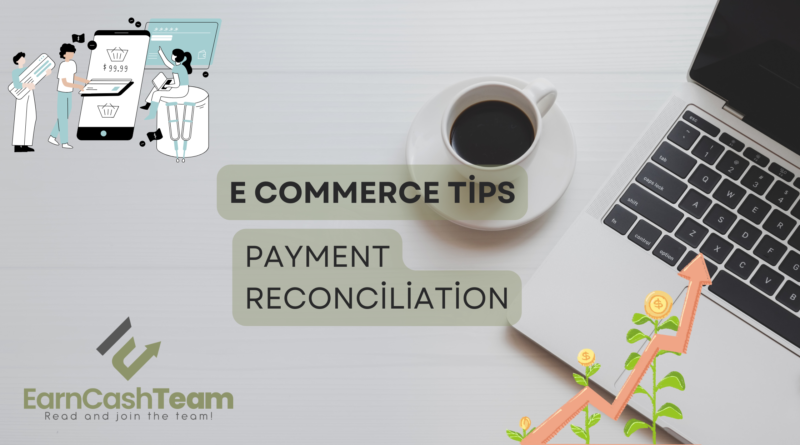Importance of Payment Reconciliation in E-Commerce
Payment reconciliation in e-commerce is an integral process that must be performed regularly to prevent miscalculations, which could potentially cost businesses financially. Therefore, F&A teams at eCommerce retailers and direct to consumer brands must strive to make this process both efficient and error free; in order to do this they must conduct daily analyses of payment reconciliation procedures to identify any gaps or potential areas for improvement.
You can check out other tips about e-commerce with us!

E-commerce merchants typically rely on marketplace payments and transfer them into their business account after deducting for various deductions such as shipping fees, commissions, taxes and service charges. Unfortunately this process can take quite some time and requires effort in terms of calculation accuracy; to streamline this process and get an accurate picture of your accounting books it is imperative that a payment reconciliation software such as Marketplace Payment Reconciliation Software be utilized – saving time while improving efficiency as well as providing access to all your data without manual effort required for updating spreadsheets manually.
E-commerce’s digital transition has made shopping online easier for consumers. They can purchase items across various online platforms and pay with different payment methods such as PayPal, Klarna, Amazon Pay or Giro Pay – many customers are opting out of traditional in-store shopping in favor of home delivery or online. Therefore, e-commerce businesses must integrate multiple payment methods and adopt an omnichannel retailing strategy in order to serve all platforms; this creates massive amounts of transactional data which must be reconciled against their internal financial records and accounts on all e-commerce platform accounts – creating an enormous amount of transactional data which must be reconciled against internal financial records with those on these e-commerce accounts if possible.
As payment reconciliation can be an arduous task, many companies opt for payment reconciliation software as a means of automating it and streamlining their processes. Such software will compare payment amounts and dates recorded in accounting systems with those found on e-commerce platforms to detect discrepancies that must be resolved immediately and report any discrepancies that require investigation in order to maintain accurate financial records throughout.
However, many companies still rely on spreadsheets for manual tracking of marketplace payments and transactions. Excel may be useful for basic data processing; however, it often fails to manage complex reconciliation tasks due to users having difficulty tracking large sums of data using manual matching techniques such as VLOOKUP and Pivot Table.
ReconArt by Abrant offers advanced features for managing complicated payment reconciliation tasks in e-commerce, making reconciliation faster and more efficient than ever before. By connecting directly with your accounting platform and offering real-time transaction visibility, these solutions enable users to match and analyze transactional data using machine learning algorithms for greater accuracy, efficiency, and performance – helping identify common causes of mismatch such as transaction timing issues, posting errors and void-to-issue operations as well as identify any mismatched or mismatching data points that arise between payment transactions and data that exists between transactions that don’t match up against one another – giving real time visibility across your accounting platform and real-time visibility across your transactions – for both payment reconciliation purposes!




